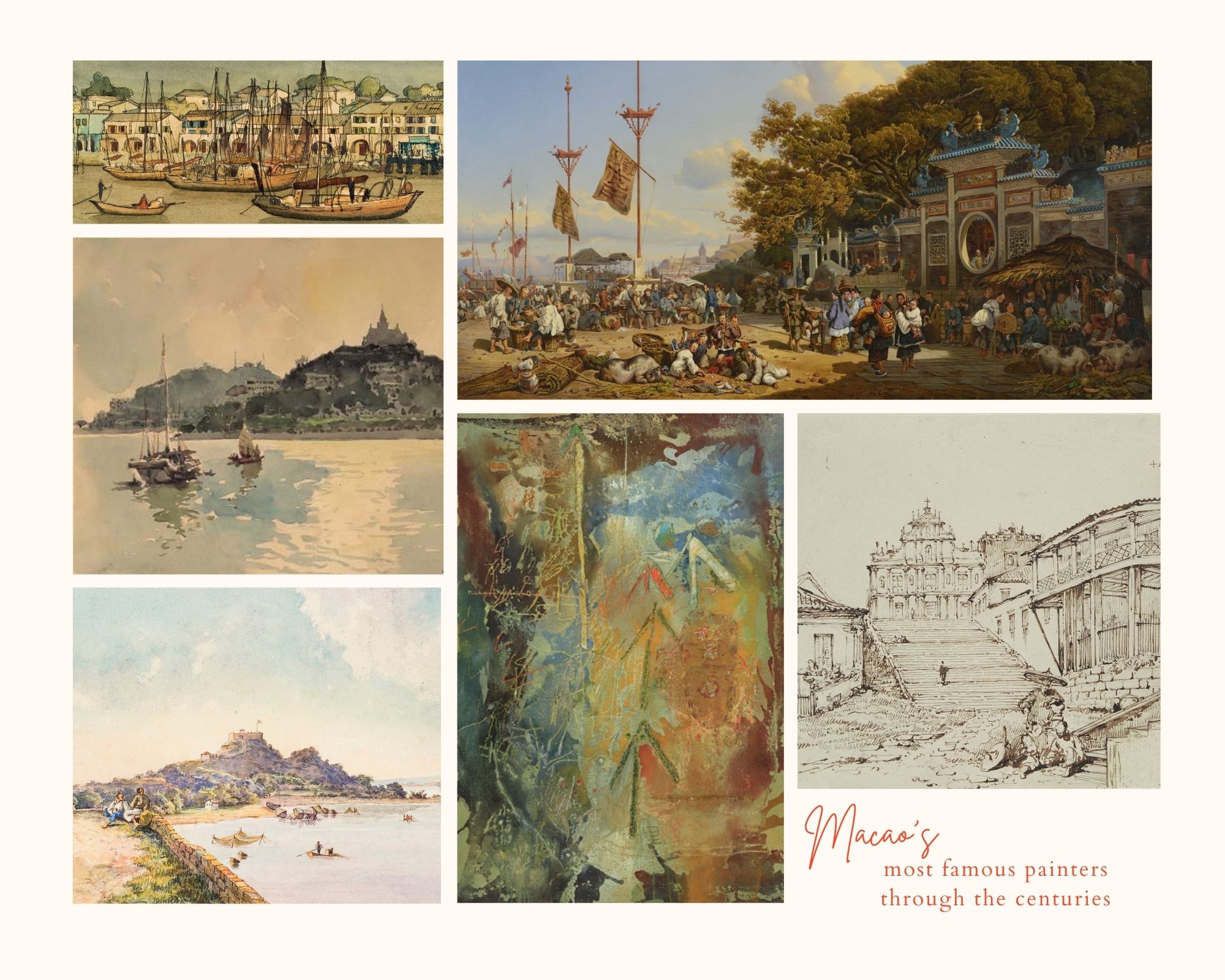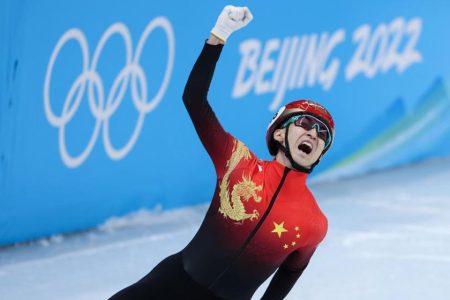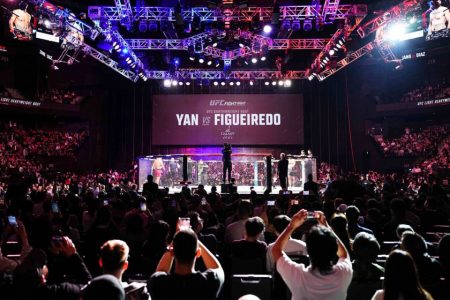The SAR’s heritage, location and diversity have allowed for countless cultural exchanges over the years. It has long been an artistic haven for artists – a space for creativity, transition or even escape. But mainly, a beautiful and complex city to capture on canvas.
Over the years, the city has cultivated its own notable art scene with painters from many backgrounds, from Portugal to China to homegrown talents. We’ve rounded up six of the most significant, from the 17th century to modern times.
1) George Chinnery

Perhaps the most famous painter to live in Macao, George Chinnery was born in England in 1774. He left London in 1801, heading east through British-occupied India and Hong Kong before settling in Macao in 1825. Though he painted numerous scenes along the journey, many would argue that he created his best works in Macao, where he stayed until his death in 1852.
He often painted portraits of Western businessmen and expatriates, as well as Chinese merchants. He was also one of the few painters who sought to depict scenes of everyday local life, such as landscapes and people. As a major artistic talent in his day, Chinnery influenced future generations of painters in the city and beyond.
2) Auguste Borget

Born in 1808, Auguste Borget was a French artist and painter who, like many of his contemporaries, made his way around the world documenting scenes in foreign lands, including in Hong Kong and Macao.
It was in Macao – where he lived for eight months – that he encountered Chinnery and his work. According to an article published by the Cultural Institute of Macao, Borget’s work improved after meeting the Englishman, particularly in the areas of figurative drawing and painting, of which Chinnery was a master. Borget travelled extensively around the region, sometimes on sketching trips with Chinnery; other times solo, collecting inspiration in Calcutta, Manila, Malaysia and China.
Of the art he produced in Macao, his oil on canvas series on the A-Ma Temple – a structure he described as the “best architecture ever seen” – remains one of the highlights of his portfolio, which also includes beautiful watercolours and monochromatic sketches.
3) Marciano António Baptista

Regarded as one of Macao’s best 19th-century painters, Marciano António Baptista is another talent who benefitted from Chinnery’s tutelage, having served as the English artist’s apprentice from a young age.
Baptista, who was born in Macao in 1826, specialised in English landscape painting traditions, drawings and tranquil watercolour paintings of the city’s incredible scenery and street scene.
For the second half of his life, he lived in Hong Kong where he picked up photography. It wasn’t until about 20 years after his death in 1896 that his paintings caught the eye of the city’s elite, educated set and became more valuable.
4) George Vitalievich Smirnoff
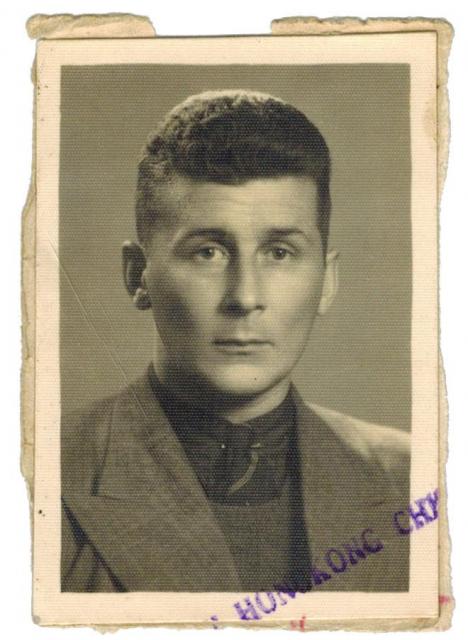
Hailing from Vladivostok in Siberia, where he was born in 1903, George Smirnoff fled his hometown at the age of 12 to escape the Russian Revolution. He lived in Harbin, China for 20 years, but had to flee once again due to the impending Japanese invasion during World War II.
Then aged 35, he first relocated to Shanghai, where he worked as an architect, then moved to Hong Kong, then finally landed in Macao in 1944, where the architect and painter lived for two years. Resourceful and hard-working, Smirnoff eked out a living by selling his watercolour paintings, teaching art classes to local women and designing sets for theatrical productions.
Although his time in Macao was brief, his watercolours of landmarks and landscapes caught the attention of the city’s mayor, Pedro José Lobo, who commissioned the artist to paint a series of 63 urban landscapes from various vantage points. It’s a beautiful, historic collection that can be seen at the Museu Luís de Camões (Luís de Camões Museum).
5) Luís Demée
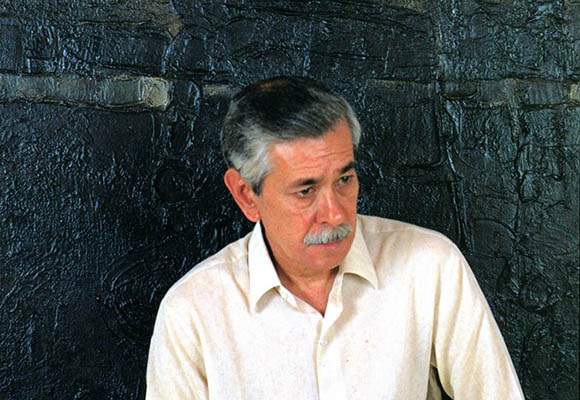
According to respected local artist António Conceição Junior, Luís Luciano Demée was the “one of the most important Portuguese painters of his generation.” Demée, who was born in Macao in 1929, apprenticed with George Smirnoff as a teenager during the 1940s.
Demée held his first solo exhibition in Macao in 1951, which attracted substantial attention in the art world. Awarded a scholarship, he moved to Portugal to study painting at the Lisbon School of Fine Arts.
After completing his degree, he lived and worked in Paris as an artist and teacher, then travelled around the world before returning to Macao between late 2006 and mid-2007.
Demée focused on the city’s streets and buildings, before later turning his attention to the water and experimenting with various mediums, from murals to watercolours, tapestries, sketches and more. Over the years, he won many awards for his watercolours and abstract oil paintings, in particular, a series of 73 watercolours and 16 sketches produced between 1945 and 1958 continue to be celebrated around the world.
6) Mio Pang Fei
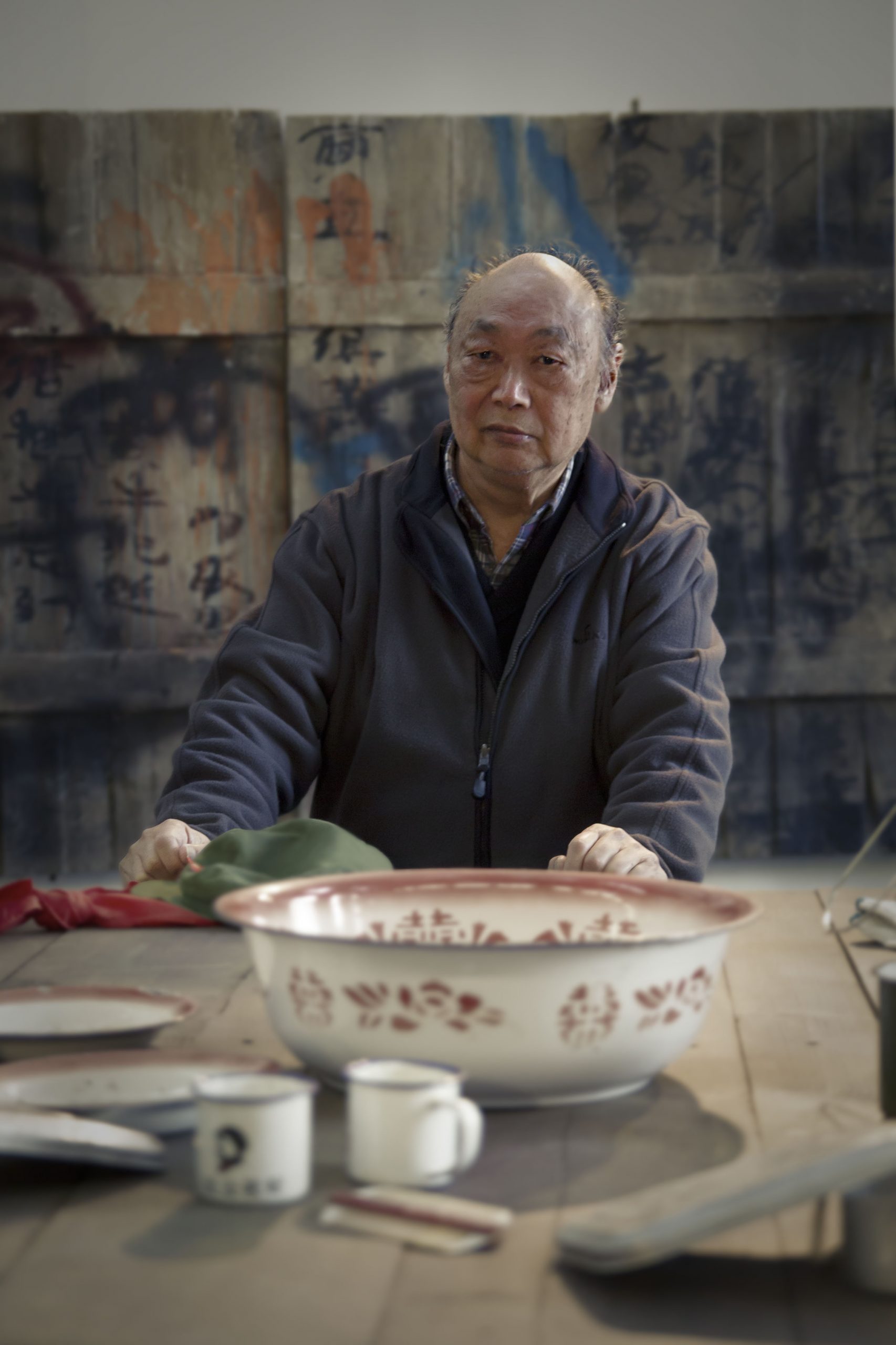
Mio Pang Fei, born in 1936 in Shanghai, was one of the best-known contemporary painters to have lived in Macao. As a pioneering visual artist, Mio laid the “cornerstone for contemporary arts”, according to Macao artist Ka Long Wong. He not only nurtured young talents at the Macao Polytechnic Institute, but also represented the city at major international festivals, such as the 56th Venice Biennale.
In his early career, Mio admired Western works by the likes of Joan Miró and Jackson Pollock and studied their techniques. But during the Cultural Revolution, from 1966 to 1977, authorities accused him of being a counter-revolutionary and imprisoned him due to his interest in Western modernist paintings.
Looking for the freedom to develop his art, the artist arrived in the city in 1982 at the age of 46. In Macao, Mio explored many artforms and soon found his trademark, abstract-expressionist style – a fusion of Chinese calligraphy and Western contemporary art, called “neo-orientalism” – which he applied to both large-scale paintings and installations. His works often feature graffiti and bold colours, a testament to his penchant for experimentation. Mio died in 2020 at the age of 84.
